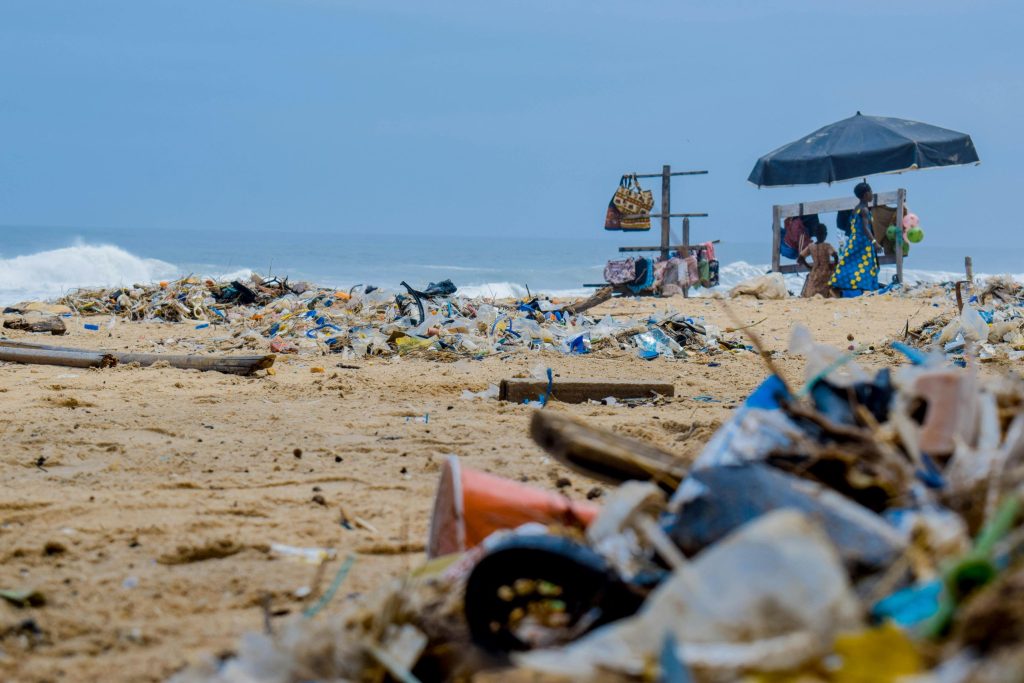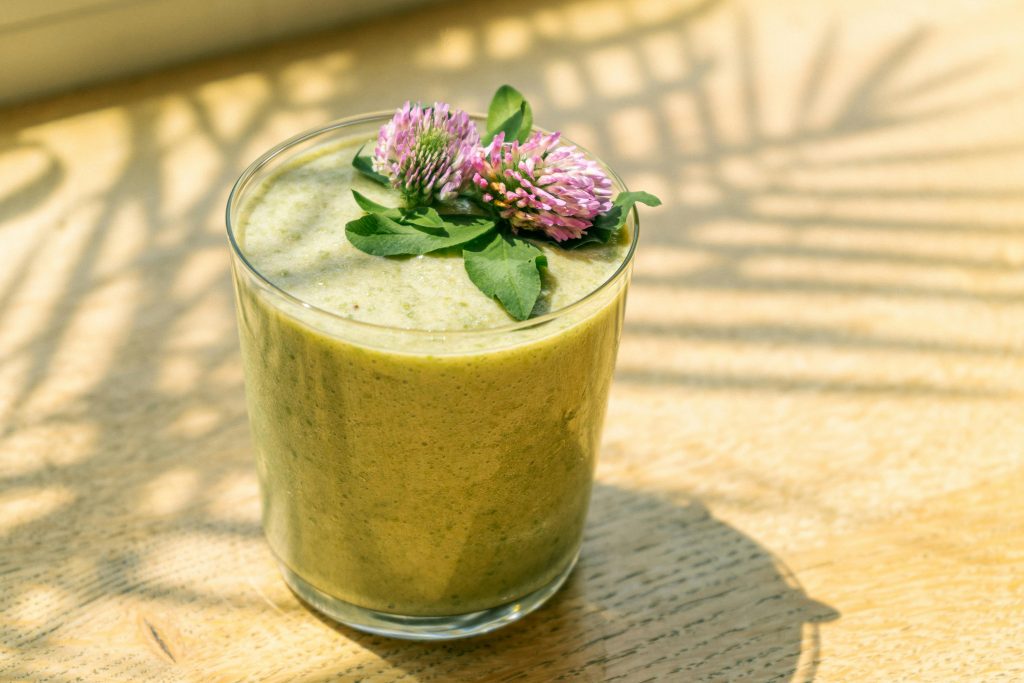Are They Actually Eco Friendly? How to Spot Greenwashing
We’ve all seen it: a product wrapped in leafy green packaging, labeled “natural” or “eco friendly,” with a tiny leaf logo and promises of saving the planet. But behind the earthy tones and feel-good phrases, is it actually sustainable—or just a clever marketing trick?
Welcome to the world of greenwashing: when companies use misleading claims to appear more environmentally responsible than they really are. Today, we’re breaking down how to spot the real deal from the eco-fluff. Here are five red flags to watch for when shopping for truly eco friendly products.
What Is Greenwashing?
Greenwashing is when a company exaggerates, fabricates, or selectively highlights its environmental efforts to appear more sustainable than it actually is.
The term blends “green”—as in eco friendly—and “whitewashing,” meaning to gloss over the truth. Greenwashing can show up in many ways:
-
A shampoo labeled “all-natural” that contains synthetic chemicals
-
A fast fashion brand releasing a “sustainable” collection while exploiting workers and producing mountains of waste
-
A product wrapped in recycled-looking packaging without actually being recyclable
The goal? To attract conscious consumers—like you—without making real environmental changes. It’s a marketing strategy, not a mission. And the problem is, it works—unless you know what to look for.
Real-life example: Volkswagen claimed their diesel cars were low-emission and eco friendly—until it was revealed they had installed “defeat devices” to cheat emissions tests. A classic case of greenwashing through deception.

How to Spot Greenwashing: 5 Red Flags to Watch Out For
Now that you know what greenwashing is, let’s get into the signs that a supposedly eco friendly product might not be as planet-friendly as it claims.
1. Beware of Vague Buzzwords in Eco Friendly Claims
“Green.”
“Natural.”
“Eco friendly.”
These words sound great—but they often mean absolutely nothing.
Unless a product explains how it’s eco friendly (Is it biodegradable? Made from recycled materials? Certified organic?), treat vague claims with caution. Companies know consumers are drawn to sustainability, and they’re not above using trendy language without real action behind it.
Heads up! There’s no regulation around terms like “eco friendly” or “non-toxic” unless they’re backed by third-party certifications. So always look for the how behind the claim.
Real-life example: H&M launched its “Conscious Collection” to promote sustainable fashion. But investigations found the company was vague about what made the products eco friendly, and critics pointed out that the materials used were often no different from the rest of their fast fashion lines.
2. Look for Legitimate Certifications
Want proof that a brand walks the talk? Look for trusted third-party certifications. These are independently verified standards that ensure a product meets specific environmental or ethical criteria.
Some of the most trustworthy eco labels include:
-
USDA Organic (for food and agriculture)
-
Fair Trade Certified
-
Certified B Corporation
-
Cradle to Cradle
-
Global Organic Textile Standard (GOTS)
⚠️ Watch out for lookalike logos or self-made “green” badges. If you’ve never heard of a certification, take five seconds to look it up.
Real-life example: Keurig labeled their coffee pods as “recyclable,” even though most municipal recycling facilities couldn’t process them. The result? Many pods still ended up in landfills—despite the misleading green logo.
Know Your Labels: A Quick Guide to Trusted Certifications
Not sure which eco labels to trust? You’re not alone.
To help cut through the confusion, The Sustainable Agency has created a clear, easy-to-read infographic featuring some of the most common and credible sustainability certifications. From textiles to food to fair trade, getting familiar with these labels can help you make more informed, genuinely eco friendly choices.
👉 You’ll find the infographic below—and if you're curious to dig deeper, their website offers detailed explanations for each certification listed.
Tip: Bookmark it or snap a screenshot for your next shopping trip!

3. A Truly Eco Friendly Product Considers Its Full Lifecycle
Is the company only highlighting one green feature—like recyclable packaging—but ignoring its carbon-heavy supply chain? That’s a sign of selective disclosure, another form of greenwashing.
A genuinely eco friendly product considers its entire environmental footprint:
-
Raw materials
-
Production process
-
Transportation
-
Packaging
-
End-of-life (recyclability, compostability, etc.)
🌍 Transparency matters. Look for brands that tell you where materials come from, how products are made, and what happens after you’re done using them.
Real-life example: Coca-Cola was ranked one of the world’s biggest plastic polluters, yet it markets its bottles as “100% recyclable.” The company’s overall plastic production and reliance on single-use packaging tell a different story.
4. Dig Into the Company Behind the Product
Sometimes, a single “eco” product is used to cover up a whole catalogue of unsustainable practices. This is known as green sheen—where a big brand highlights one sustainable product while the rest of their business continues to pollute.
🔎 Do a quick scan of the company’s website or sustainability report:
-
Do they disclose goals and metrics?
-
Are they reducing emissions, not just offsetting them?
-
Are they transparent about failures, not just wins?
Accountability is key. If a company is serious about sustainability, they won’t just talk about their best product—they’ll show how they’re changing their entire business model.
Real-life example: BP (British Petroleum) rebranded itself as “Beyond Petroleum” and launched ads highlighting its investment in renewable energy. Yet the vast majority of its operations and profits still come from fossil fuels. This is a textbook case of greenwashing at the brand level.

5. Research Before You Buy: Is It Really Eco Friendly?
If it seems too good to be green, it probably is.
Greenwashing thrives on rushed decisions and good intentions. A bit of healthy skepticism and quick research can make all the difference. Before you buy:
-
Google the company + “greenwashing”
-
Look up the product on sustainability review sites
-
Check customer reviews for red flags
💡 Remember: the most eco friendly choice isn’t always buying a “green” product—it’s often using what you already have, buying second-hand, or simply consuming less.
Real-life example: Ryanair, a low-cost airline, ran ads claiming it was “Europe’s lowest emissions airline.” Regulators quickly banned the ad for being misleading, as the claims weren’t substantiated and air travel is inherently carbon-intensive.
What Can Be Done About Greenwashing?

Tackling greenwashing starts with awareness—and you’re already on the right path by learning how to spot it. Consumer pressure and third-party certifications have been powerful short-term tools, but real progress requires systemic change.
In the U.S., agencies like the Federal Trade Commission and EPA have the authority to regulate misleading claims, but enforcement has been limited. Meanwhile, Europe is leading the way with innovative policies like a sustainability taxonomy that ranks companies based on transparent, standardized criteria.
Long-term solutions lie in stronger environmental regulations, corporate accountability, and government action at all levels. Community advocates are already pushing for laws to protect vulnerable areas from being exploited by greenwashed campaigns—and the message is clear: people and planet must come before profit.
Final Thoughts: Don’t Be Fooled by the Green Glow
Sustainability isn’t a look. It’s a commitment. And while companies have caught on to the marketing power of “eco friendly,” the real test lies in evidence, transparency, and integrity. If you’ve ever been misled by a “green” label, don’t beat yourself up.
We’ve all been there.
The point isn’t to get it perfect every time—it’s to stay curious, keep learning, and make the best possible choices with the information you have.
"The greatest threat to our planet is the belief that someone else will save it."
— Robert Swan, polar explorer and environmentalist
Your Next Read...
Greenwashing isn’t the only trick in the book. From miracle supplements to detox teas, the health world is full of misleading claims designed to manipulate your trust.
👉 In your next read, we dive into how to spot fake health claims on social media—so you can protect your health just like you protect the planet.
Read it here:
How to Spot Fake Health Claims on Social Media
Let’s Keep the Conversation Going!
Did you enjoy this article? Have a topic you'd like me to dive into, or a claim you want me to fact-check? I’d love to hear your thoughts! Drop a comment below.




